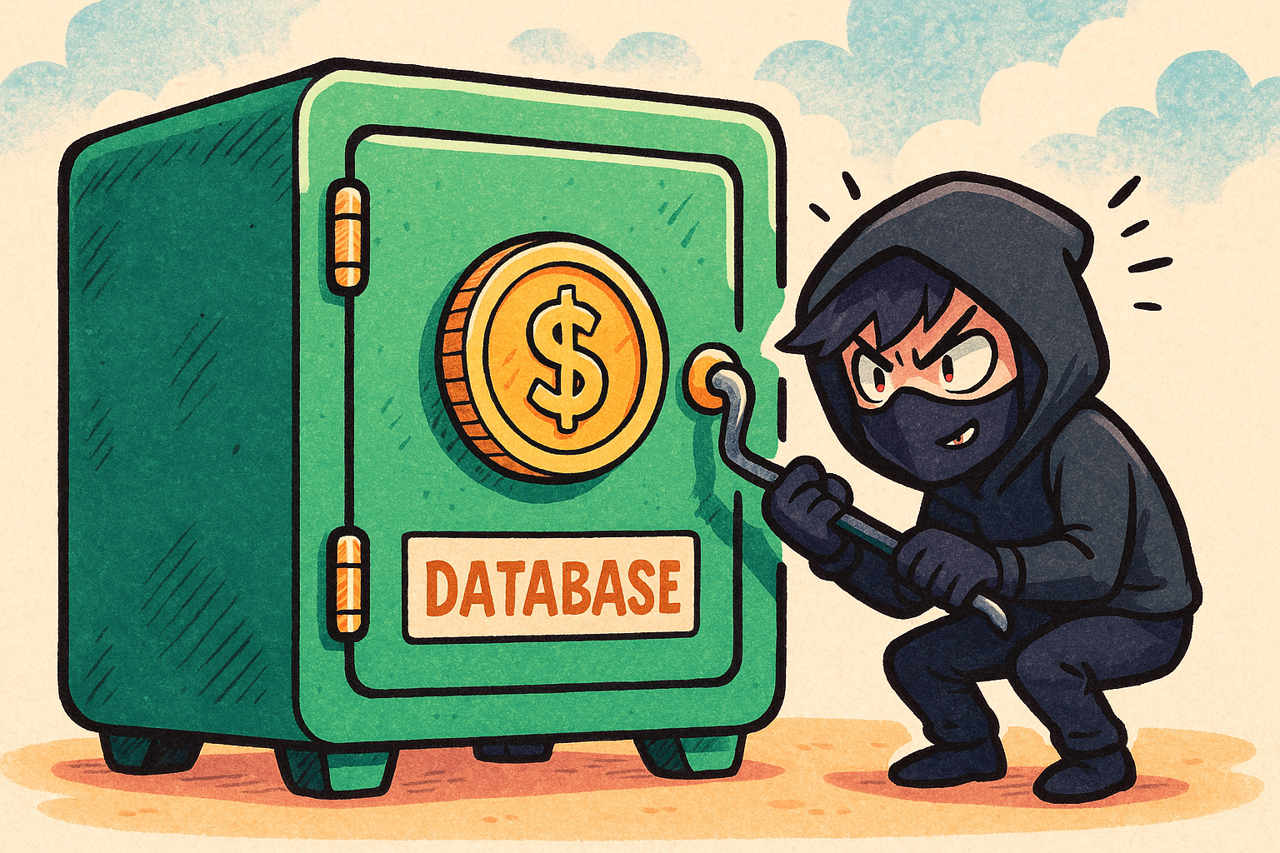Why We Automate (Nearly) Everything

Introduction
Organizations that resist automation face mounting challenges in today's fast-paced technology landscape. Manual processes slow down deployments, increase human error rates, and create bottlenecks that prevent teams from scaling effectively. These companies often struggle with inconsistent configurations across environments, lengthy incident response times, and teams bogged down in repetitive tasks rather than strategic work. As infrastructure grows more complex and competition intensifies, the gap between automated and manual operations widens dramatically.
The risks extend beyond operational inefficiency. Organizations relying on manual processes face critical knowledge loss when key team members leave, security vulnerabilities from inconsistent patching, and audit trail gaps that create compliance headaches. When infrastructure changes depend on individual memory rather than documented, repeatable processes, companies build technical debt that becomes increasingly expensive to resolve.
The Reality Check
I know it shouldn't surprise me anymore, but alas, it still does. When I meet with new prospective Digitalis customers requiring our services, I invariably ask what level of orchestration and automation they have. The answer is often very little or none. And that is something I find difficult to understand because my default is to automate everything.
Only last week my colleague Johnny asked me to build an Apache Cassandra lab for a webinar he is doing. I just needed 15 Cassandra nodes, which I could have built manually in a couple of hours. Instead, I spent a couple of days creating the Terraform and Ansible playbooks for it.
"What a waste of time" you would think. No, it's not. Workloads are seldom static. Knowing how much attention to detail Johnny puts into every single Cassandra deployment, even lab throwaway ones, he'll find something I've done wrong that I will need to change.
If I don't automate it, I'll probably take quite a long time to do. But because I do, minor and large changes take little effort. And I'm sure he'll be doing another webinar soon, meaning I can reuse the code.
The same applies to our customers. They may start small, in a cloud environment and building just by using the cloud provider's console. Soon, they'll start to grow, and they'll find it takes longer to configure all the servers. What's more, they don't really remember how to do it.
Last week I talked to a company that was struggling to set up their application because the people that did it in the past left the company and no one knew how the application works. Does it sounds familiar to you?

Moving Forward with Digitalis
The gap between manual and automated operations continues to widen. Organizations that delay automation investment will face increasing technical debt, longer recovery times from incidents, and difficulty attracting talent who expect modern DevOps practices. The cost of maintaining manual processes compounds as infrastructure scales, creating growing operational strain and business risk.
Digitalis helps organizations transform their operations through practical automation strategies tailored to their infrastructure and team capabilities. We assess your current state, identify high-impact automation opportunities, and implement solutions using industry-standard tools like Terraform, Ansible, and GitOps workflows. Whether you're managing database clusters, container orchestration, or complex multi-cloud environments, we bring automation expertise that reduces operational overhead while improving reliability and consistency.
Our approach includes knowledge transfer and comprehensive documentation, ensuring your team can maintain and extend automation as your needs evolve. We help you build Infrastructure as Code frameworks that create audit trails, enable disaster recovery, and eliminate the "tribal knowledge" problem. When team members leave, your infrastructure definitions remain—codified, version-controlled, and repeatable. We help you move from reactive firefighting to proactive infrastructure management, building the foundation for sustainable growth and operational excellence.
Final Words
In today’s rapidly evolving technology landscape, automation is no longer a luxury—it’s a necessity for organizations that want to remain competitive, resilient, and efficient. By embracing automation, you not only reduce operational risks and technical debt but also empower your teams to focus on innovation and strategic growth. At Digitalis, we’re committed to guiding you through every step of your automation journey, ensuring your infrastructure is robust, scalable, and future-proof.
If you’re ready to take the next step or have questions about how automation can transform your operations, we’re here to help.
Contact us to start your journey toward operational excellence.


.png)
